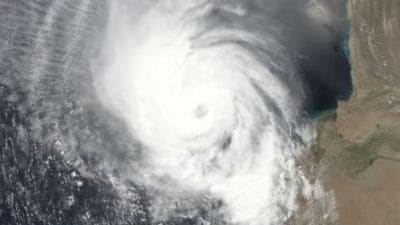Stay updated with the latest - Click here to follow us on Instagram
On The Loose: The Exodus Decoded
The seven-figured citizens are seeking more than what Indian cities have to offer
Recently someone asked me where I would choose to be if I had an option to live anywhere in the world. The gentleman followed it up with a beseeching, “And please don’t say Delhi.” I had just spent the last 45 minutes traversing one km on the Capital’s infamous BRT stretch on a day cars were floating in rainwater. I thought long and hard. I know precisely five people in London and about ten in New York. Besides, I’m unemployable there and I hate the cold. In continental Europe, language barriers ensure a peripheral, isolated life. The rest of the world seems too random to seriously consider. At the risk of sounding hopelessly provincial, I think it would be difficult for me to live anywhere other than Delhi or Mumbai.
The context of this conversation was this gentleman who has recently moved back to India after 15 years in San Francisco, a decision he says he regrets every single day. A familiar story, of aging parents and promising career opportunities here has convinced many to head back, totally unprepared for the series of shocks that befall you when real life actually begins. No matter how many swimming pools in your idyllic condominium complex, it doesn’t change the fact that the moment you exit it, the issues remain the same. The contrast between the two worlds, the privately chosen and the public, one every citizen endures, makes it even worse. Even cheap domestic help is no longer a lure, the lack of which has long been a gripe of every Indian who ever moved West. Our ancestors worked hard to leave their rural tenements behind, exchanging stifling small towns for the dynamism of the metropolitan. Merely a generation later, many are questioning the future of the Indian city, and whether it’s worth building a life in. It appears to me, wherever I go, I find people (of means) plotting their own and their children’s eventual exits from India.
I’ve always admired people who can get up and move countries in an instant. We Indians are like trees; and don’t usually survive transplantation well. However, a new report by New World Wealth declares India as the country that had the second largest migration of high net worth individuals, after China. Between 2000 and 2014, 61,000 millionaires have settled in other countries with the most preferred destination being the UK.
The profile of the Indian emigrant is no longer somebody motivated simply by economics. We have climate and health refugees, tax refugees and a small smattering of people with imagination seeking a better quality of life. Namely, clean air and some space. (Specific reasons why Melbourne was just voted the most livable city in the world for the fifth year in a row, besides great coffee.) The cultural gap between the East and the West is of no consequence anymore. The global desi is perfectly at ease anywhere.
A previous generation of Hindi films romanticised the love of the land, highlighting the existential dislocation experienced by immigrants.
The nostalgia for the close sense of community and family values figure prominently in hits such as Pardes, Kabhi Khushi Kabhi Gham and The Namesake. The new Indian immigrants, at least the ones who can afford it, are unencumbered by visions from these rose-tinted glasses. The big change now is middle- aged people don’t see starting out fresh, somewhere new, as a daunting prospect. The mantra is very far from no place like home. There are many places that can become home where you are welcomed grandly, just as long
as you arrive with plane loads full of rupees.
hutkayfilms@gmail.com







